iBasso 3T-154 Dynamic Driver IEMs – Large Driver, Deep Bass
iBasso 3T-154 is a $149 USD pair of IEMs or In-Ear Monitors with a large dynamic driver, cable with modular jacks, and with a beautiful silver color. Today we will review the 3T-154 and compare it to other similarly priced IEMs, including ddHIFI Janus3 E2023 (129 USD), HIDIZS MP145 (159 USD), and Simgot EA1000 Fermat (219 USD).
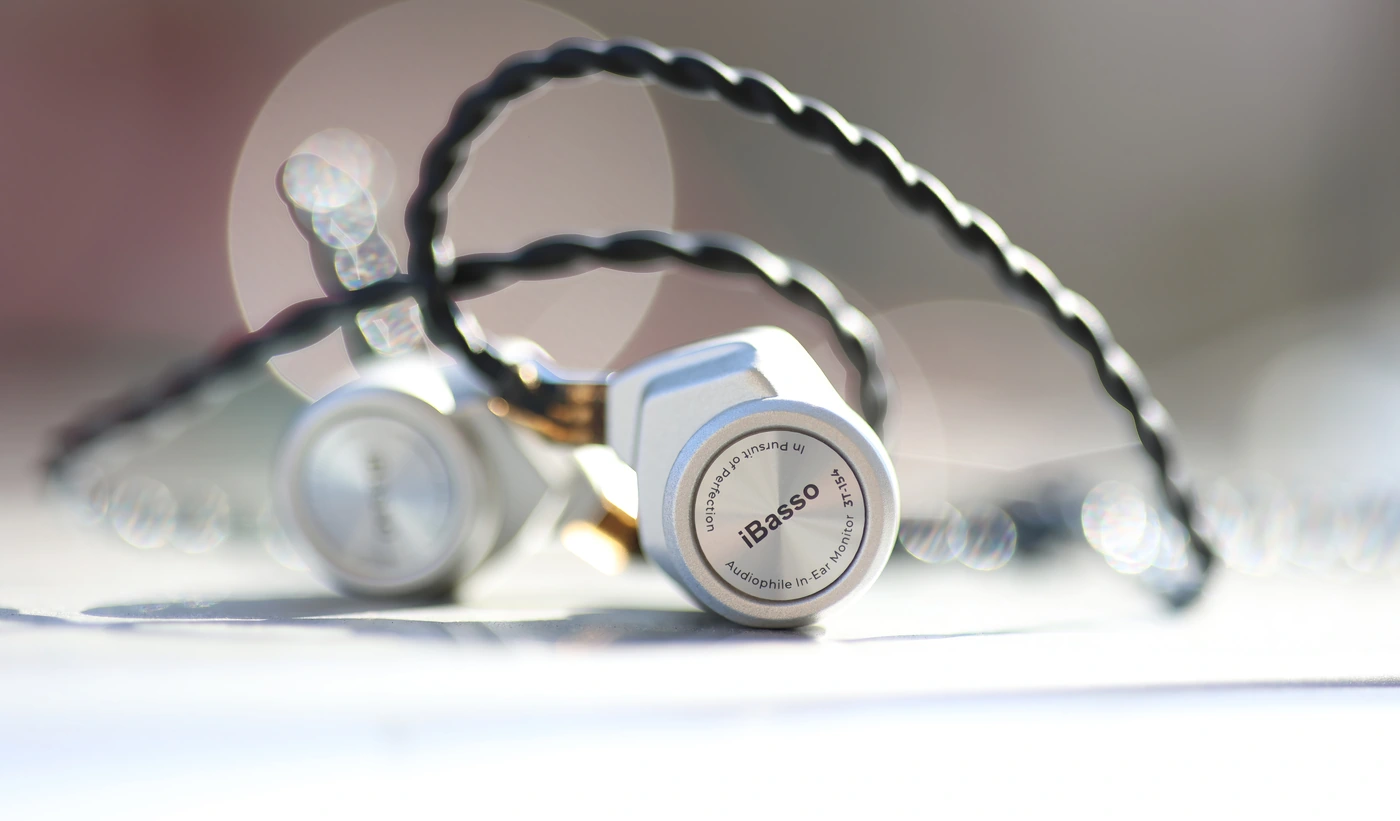
Introduction
iBasso is one of the pillar companies that holds this hobby and passion together, having produced some of the most popular products that almost everyone heard at some point when exploring high-end audio. Today we are reviewing an entry-level model from them, and the 3T-154 will defy every rule set by the other iBasso IEMs, and be a unique product that lives in its own space with its own tuning and signature. As an Amazon Influencer, I earn from qualifying purchases, and using the purchase links in my reviews helps me maintain this website and Youtube Channel. iBasso provided the sample for this review, in exchange for my honest opinion.
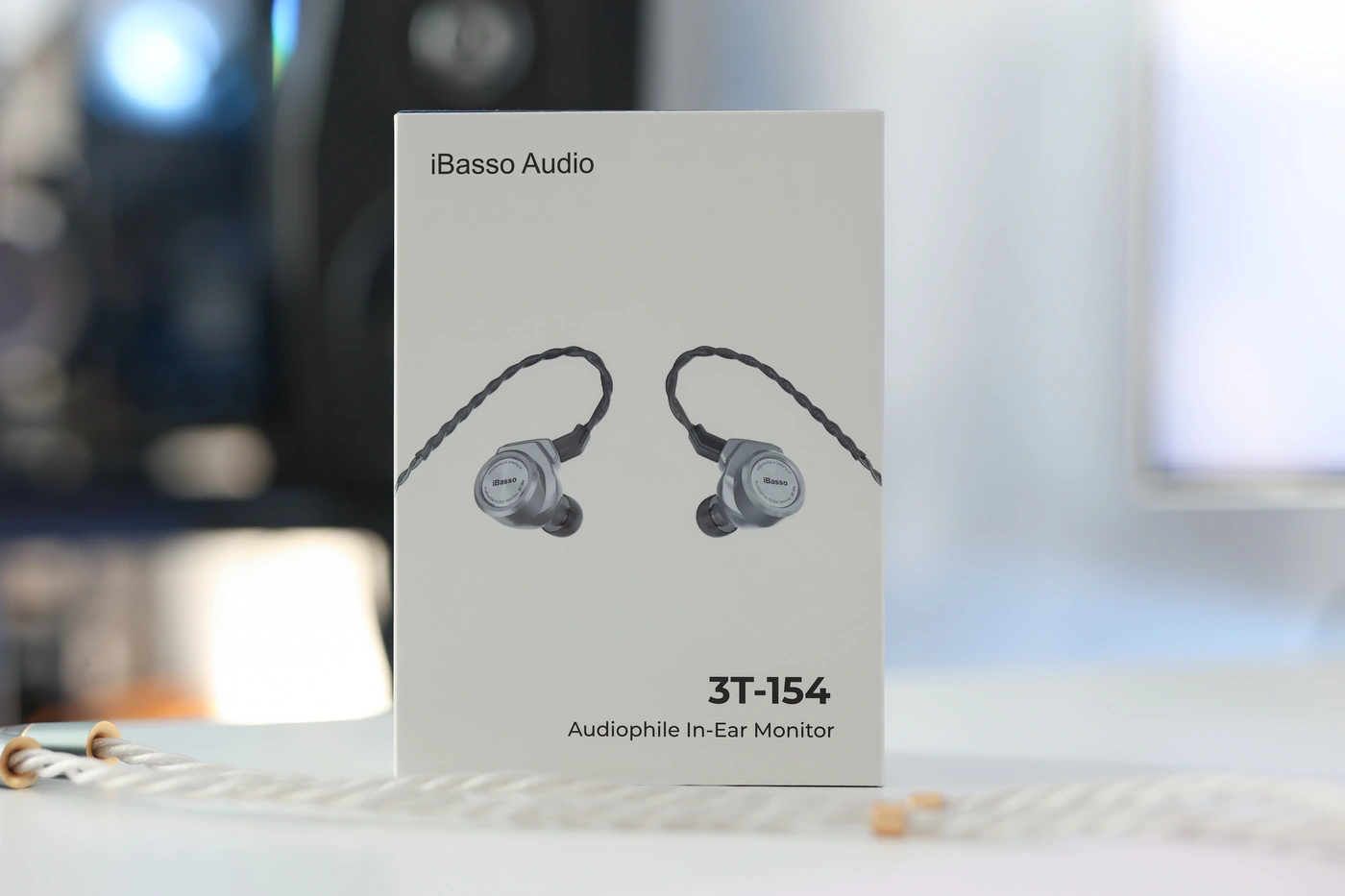
PROs – Wide, holographic sound that resembles high-end open-back headphones, strong coherency, textures and impulse response is across all frequency ranges, warm and pleasing bass, good comfort despite the large size, modular jacks are a huge plus considering the price point, price / performance ratio, rich package, brings out and reveals details in music rather easily.
Cons – Midrange is forward, and has a peak / enhanced range which takes some time getting adjusted to, might be large for certain ears, strong dependence on the source quality, sensitive to the source output impedance and background noise.
Product Link
You can get one here – https://ibasso.com/where-to-buy/
Build Quality/Aesthetics/Fit/Comfort
I am quite surprised every time iBasso releases a new product, each one of them comes with unique build, and is different from the others you can find on the market, and 3T is no exception, we have a large magnesium shell, a cable with modular jacks, and tips which are special. The first thing I test for IEMs most of the time is the eartips and the fit / comfort. While aftermarket tips work well for most IEMs, 3T-154 is rather unique and will actually work best with the default tips, as they offer a deeper fit, needed for the sound to form, and most other tips will push the IEM shells to sit too far out of my ears, causing them even to fall out.
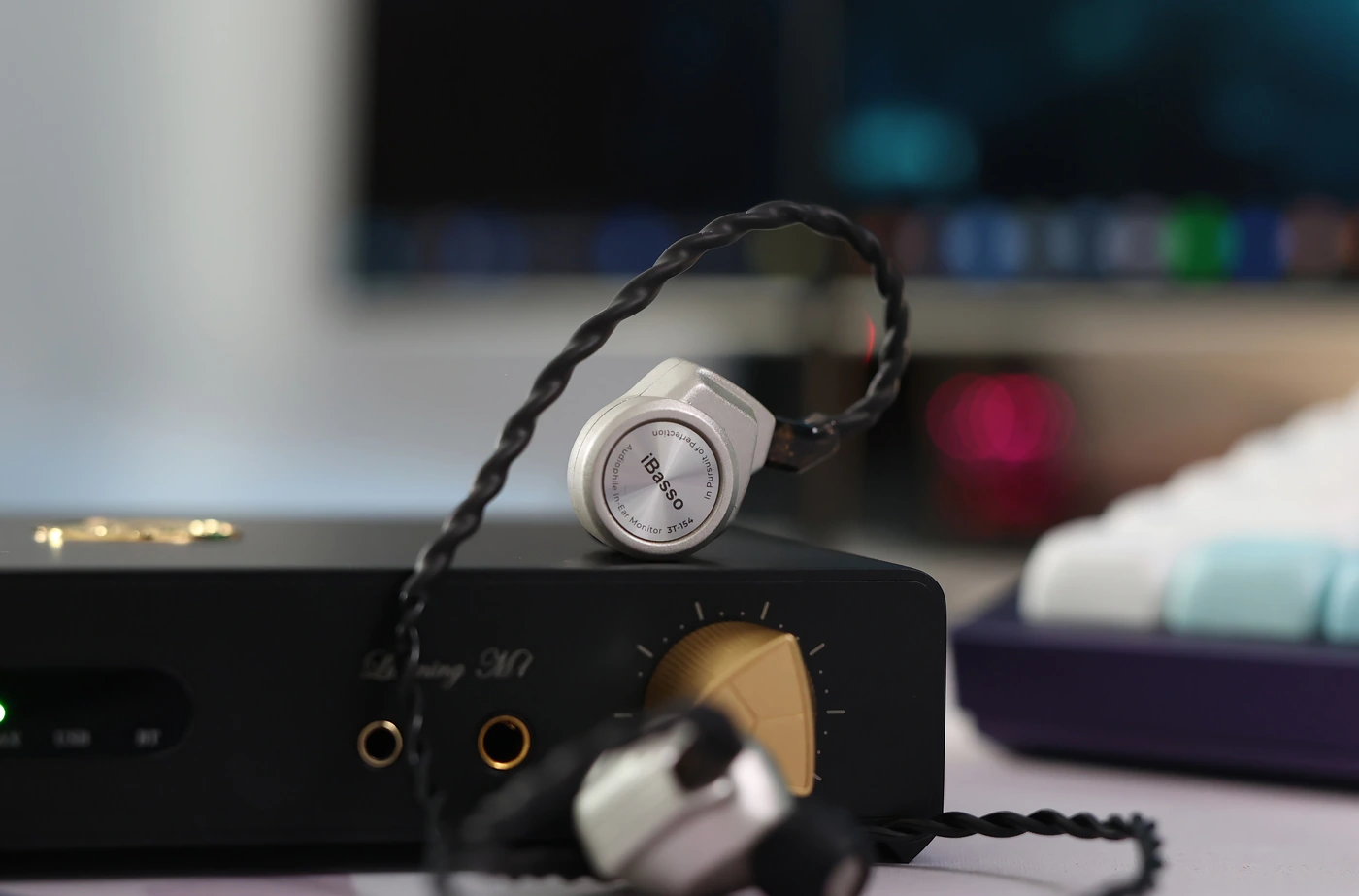
The shells are large, but have ventilation, so there is no driver flex or void, and the 3T part of the name comes from the driver having a magnetic flux of 3T, which is rather high. Most IEMs come with a driver 10mm in size at max, everything larger usually being planar magnetic in design, but iBasso includes a Dynamic Driver 15.4mm in size, one of the largest ever created. The diaphragm is also solid, being plated with beryllium.
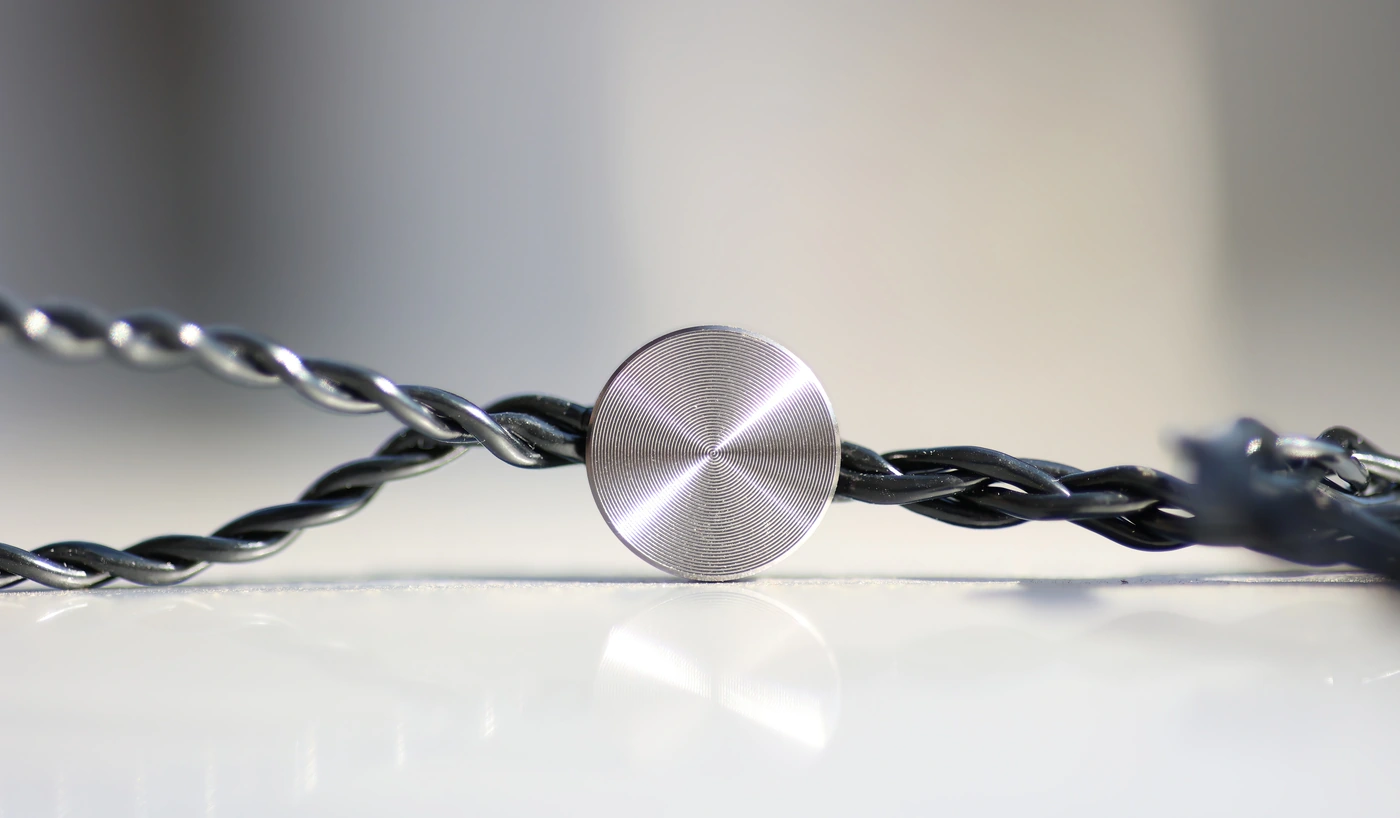
The nozzle is replaceable, and the shell is a composite of Magnesium and Aluminum, being light for its size. The default cable is made of Silver Plated Copper, and it is replaceable, based on the common 2-Pin connector. The impedance is on the low side, at 16 OHMs, and the SPL is very high at 116 dB, making 3T-154 easy to drive and somewhat sensitive to source noise.

The comfort of the 3T is good, despite them being rather large. The original cable is comfortable to wear, there is no microphonic noise, and the default tips offer a good seal, and fairly good comfort. The passive noise isolation is strong, between 20 and 25 dB, despite the many openings and ventilation ports found on the 3T-154.
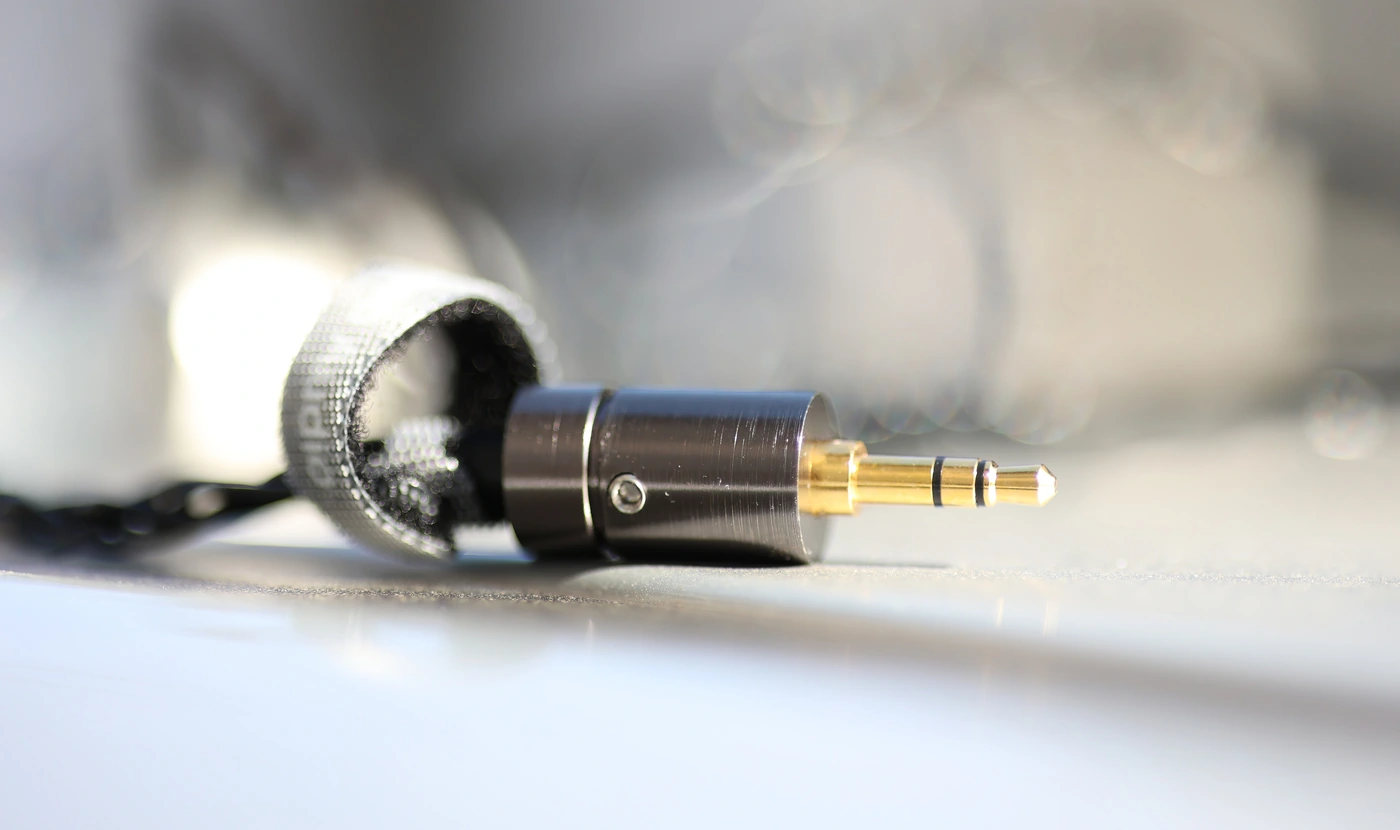
To test the 3T, I’ve been using a few sources including iBasso DX260, iBasso DX320 MAX Ti, Dethonray Listening M1, IKKO ITX05, FiiO Q15, and Shanling UA4. 3T is generally quite sensitive to background noise and hissing, but happily iBasso DX260 and DX320 MAX ti have no hissing or background noise. The sound has a specific coloration, and it pairs better with really bright sources, like Aune Yuki rather than warmer and smoother sources like Dethonray Listening M1.
Sound Quality
Overall Signature – Every single IEM from iBasso so far had its own tuning and signature, and 3T-154 also is unique, and has a specific coloration that takes around half an hour to get used to since you start listening to it. The sound is mid centric, with a focus on a 2-3 kHz peak, but it comes with a strong bass extension, fairly warm and smooth bass, and with a clean treble. The midrange is the central element of the sound, and it is also warm and spacious. In fact, it feels like the acoustic chambers inside of the 3T-154 are designed to offer them a natural reverb, and while with most music I honestly don’t hear reverb much, 3T will emphasize it, show a long decay to each musical note and trailing of sound far more than most IEMs I heard to date. This brings in the impression of detail and resolution, although it is colored if you’re coming from a more standard sounding IEM.

Bass – The bass of the 3T is deep, reaches down to about 30 Hz quite nicely, but it is lower in amount / presence than the midrange, and is pleasing, smooth and full in tuning. There is a good sense of substance, and presence to each instrument, and the best music style to enjoy with 3T is generally rap, hip-hop and bass-heavy music, as the driver is fully capable of delivering a full, impactful low-end, but is generally reserved if the song doesn’t have it recorded in. This means that 3T doesn’t force all your music to become bassy, rather allows each song to shine through, prepared to deliver an impactful blow when the song calls for it.
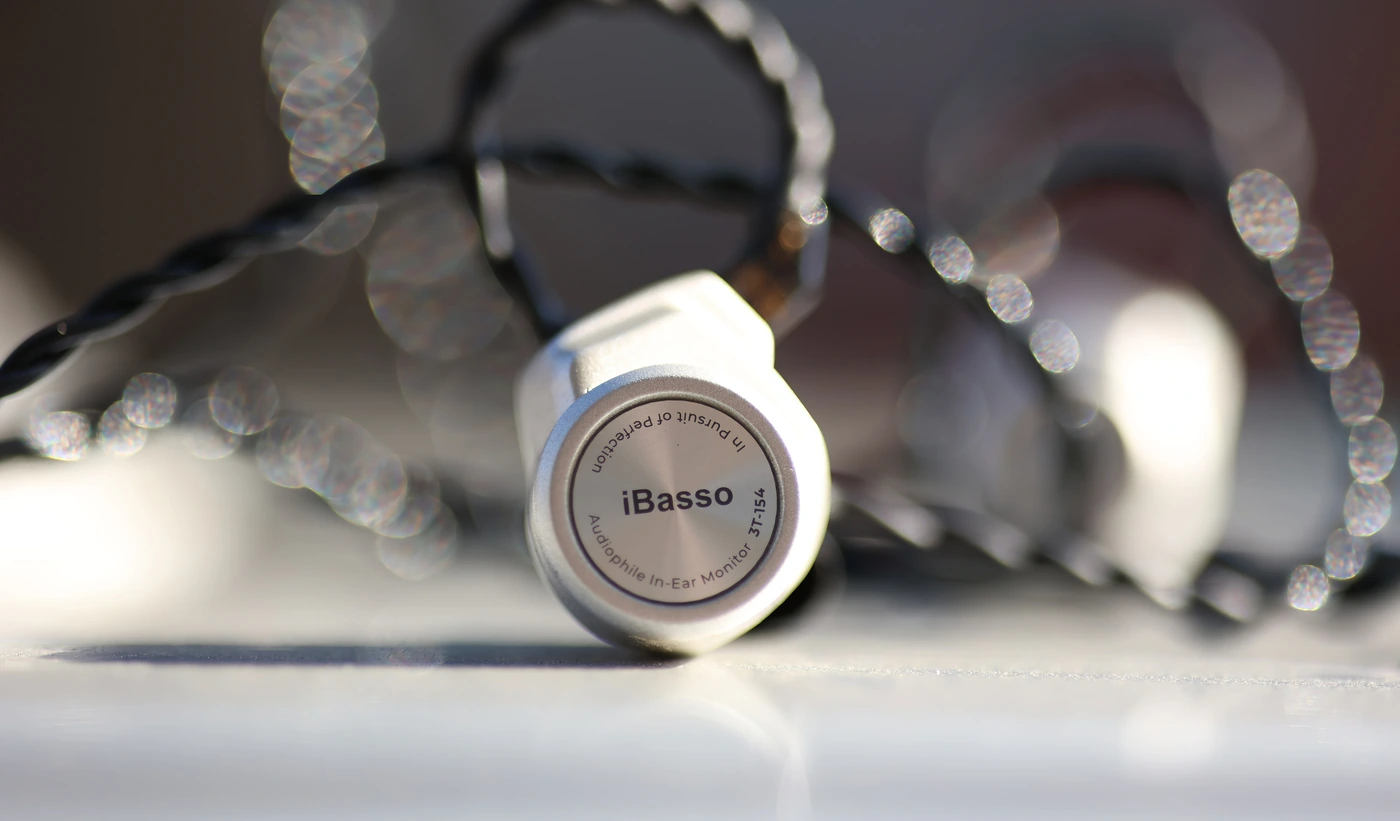
Midrange – The midrange of the 3T is clean, detailed, and has excellent resolution, although the thing that surprises me the most is the level of instrument separation it carries, allowing me to hear and understand where and how the drums are played versus how the guitars are played, as well as voices and all the other instruments. Every single component of a song is bright to the listener in a huge space, while the midrange is the central element of the sound, especially as 3T has a peak in the midrange, around 2kHz. The sound is coherent and cohesive, and you can hear that there is a single dynamic driver playing, it sounds like a huge headphone, open back too.

Dynamics / PRaT / Textures – The textures of the 3T are generally smooth, it is not harsh or fatiguing, and the sound doesn’t force any harsh elements onto the listener. In fact, the sound has a smooth attack, long sustain, long decay, and the release trails softly behind each musical note, so all textures are rather soft and clean, making very little difference between older and newer music, and allowing all music to sound good, even music with a poor recording / mixing quality. 3T is pretty dynamic, although because the midrange is forward, you typically hear most instruments playing pretty loud and forward.
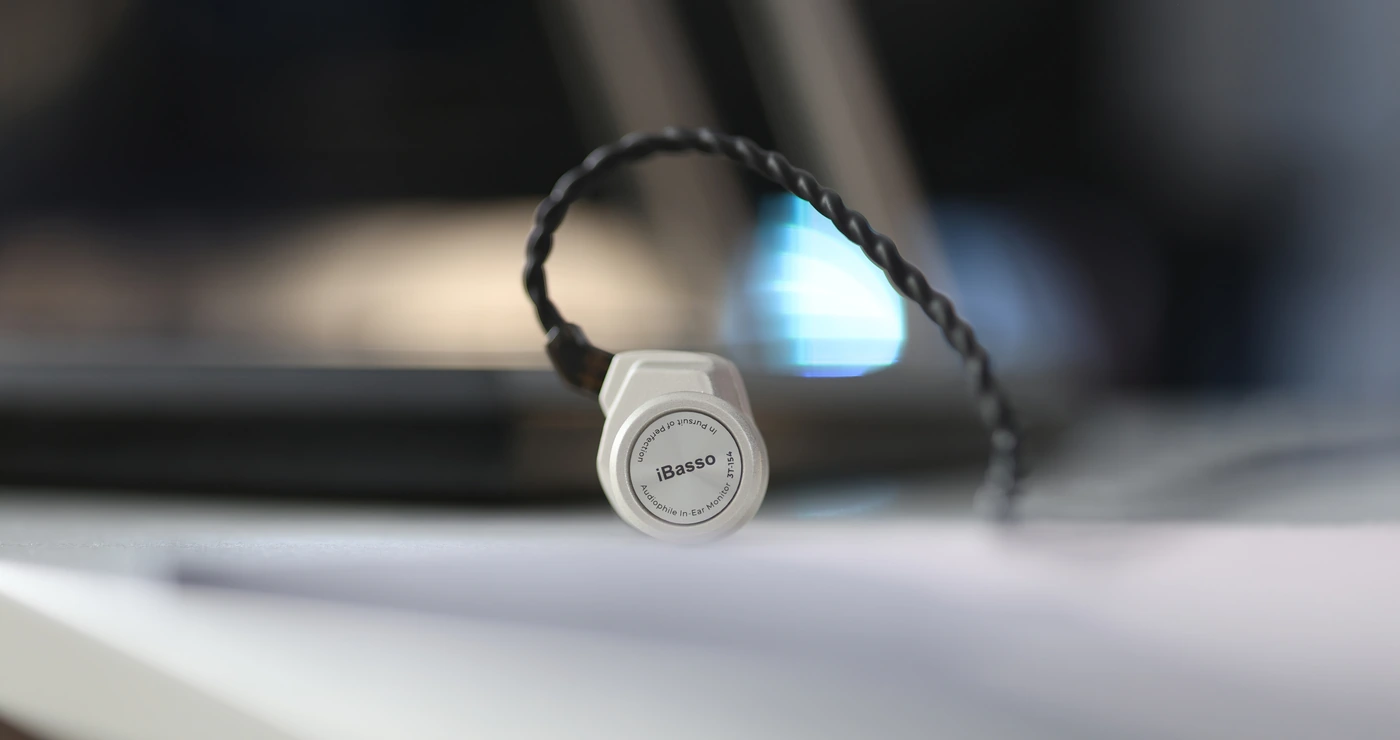
Soundstage – We have a wide, holographic soundstage that really resembles high-end open-back headphones, the sound extends really nicely in every direction, width, depth, and with a really good instrument separation too. The best part is that 3T seems to enhance the reverb effect in songs, offering a much wider and more spacious presentation than I am used to hearing from all my music. This also brings in a higher degree of detail and resolution, and music just generally sounds open.
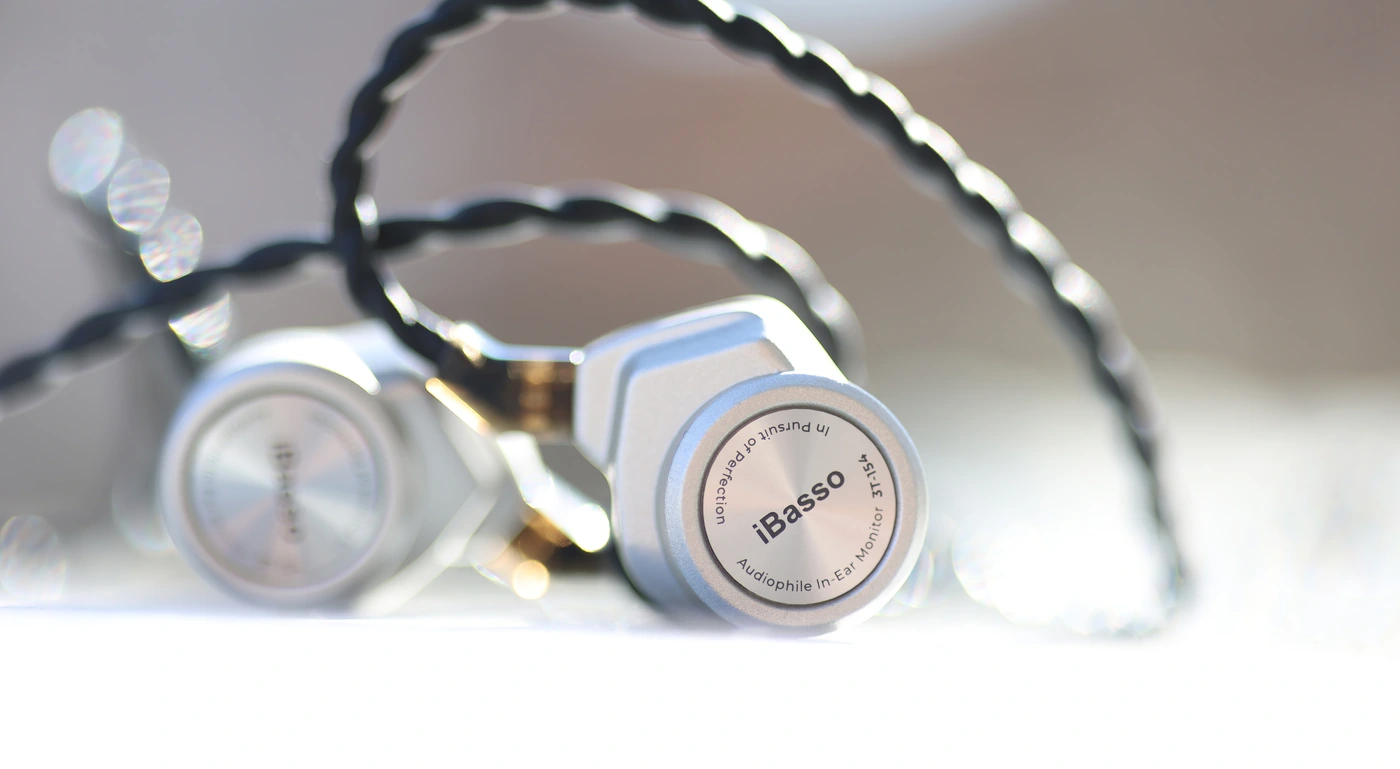
Volume Control – The sound with 3T is best at higher volumes, where the detail is stronger, treble gets stronger, bass gets stronger and the midrange peak seems to be more tame. At lower volumes, the sound is more airy, wider, but with less instrument separation, the sound is balanced and clean, having a slightly higher level of dynamics, and at medium volumes we get a sound that is right in between the quiet and the loud versions of the 3T-154 tuning. Overall, they are enjoyable at all volumes, and at lower volumes the sound is laid back, relaxed and clean, while at higher volumes, it gets punchier, more vivid, but also more aggressive. The source I have been using is fairly linear in the volume response.
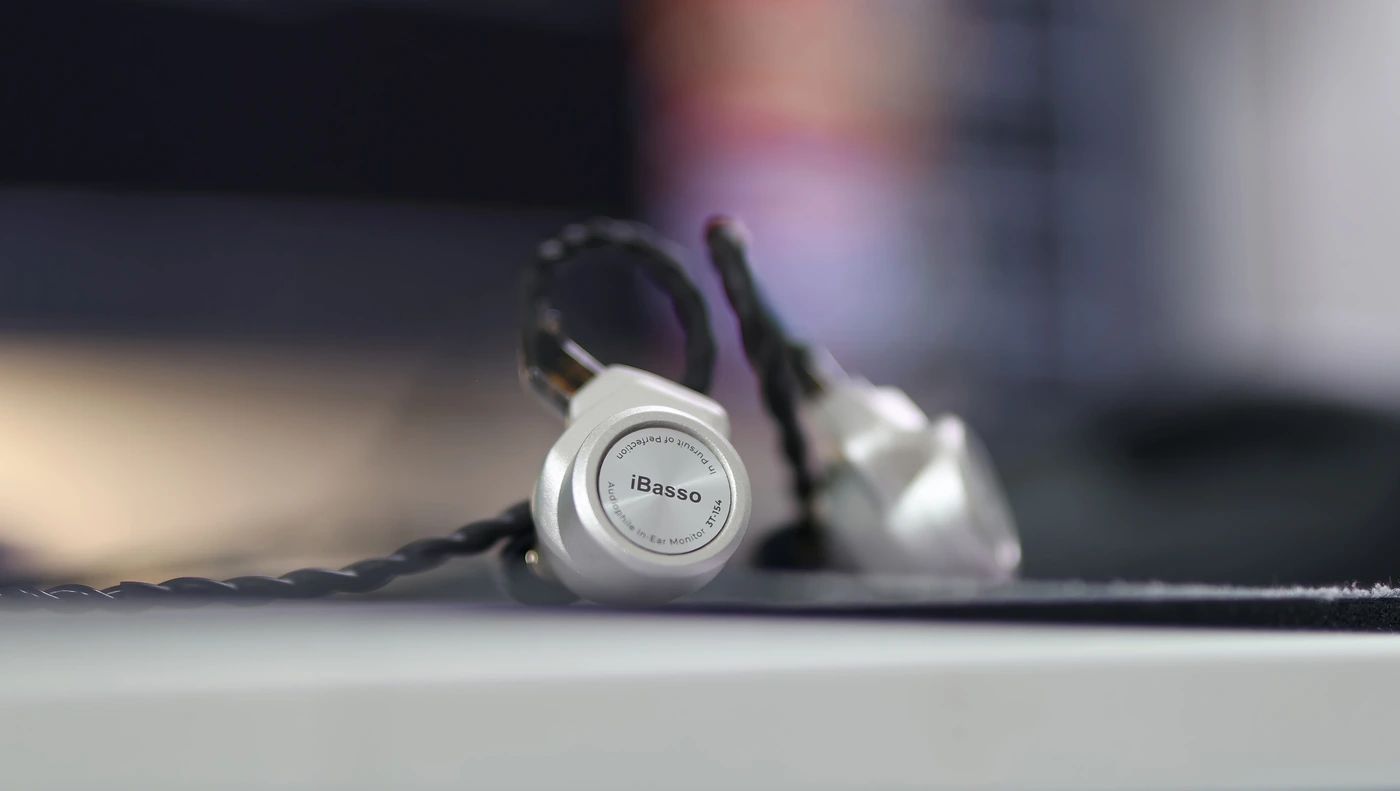
Treble – We have an airy treble that easily extends up to 19 kHz, and which sits in between the bass and the midrange, louder and more present than the bass, but slightly recessed compared to the midrange, which seems to be the most forward element of the sound. The treble is really detailed, crisp, and especially if you go for quieter listening volumes, 3T has superb details and resolution in the highs, but also micro details and finer nuances. This being said, the treble is very soft in the presentation, and that coherency / cohesiveness is remarkable, every part of the 3T sound is always smooth, relaxed, warm, and neat, bass mids and treble always have the same texture / PRaT / ADSR response.
Comparisons
iBasso 3T-154 vs Simgot EA1000 Fermat (149 USD vs 219 USD)
Build – Ea1000 is a large IEM which is open back, so it will not isolate you from the outside noise as well as 3T, and it will also leak a lot more sound to the world. The comfort is better on the 3T, thanks to clever engineering and design, it is a lighter IEM, and the cable of 3T is modular, with 4.4mm balanced jacks included in the package. Both IEMs are sensitive to the source quality, but 3T is more sensitive and it scales more with a good source.
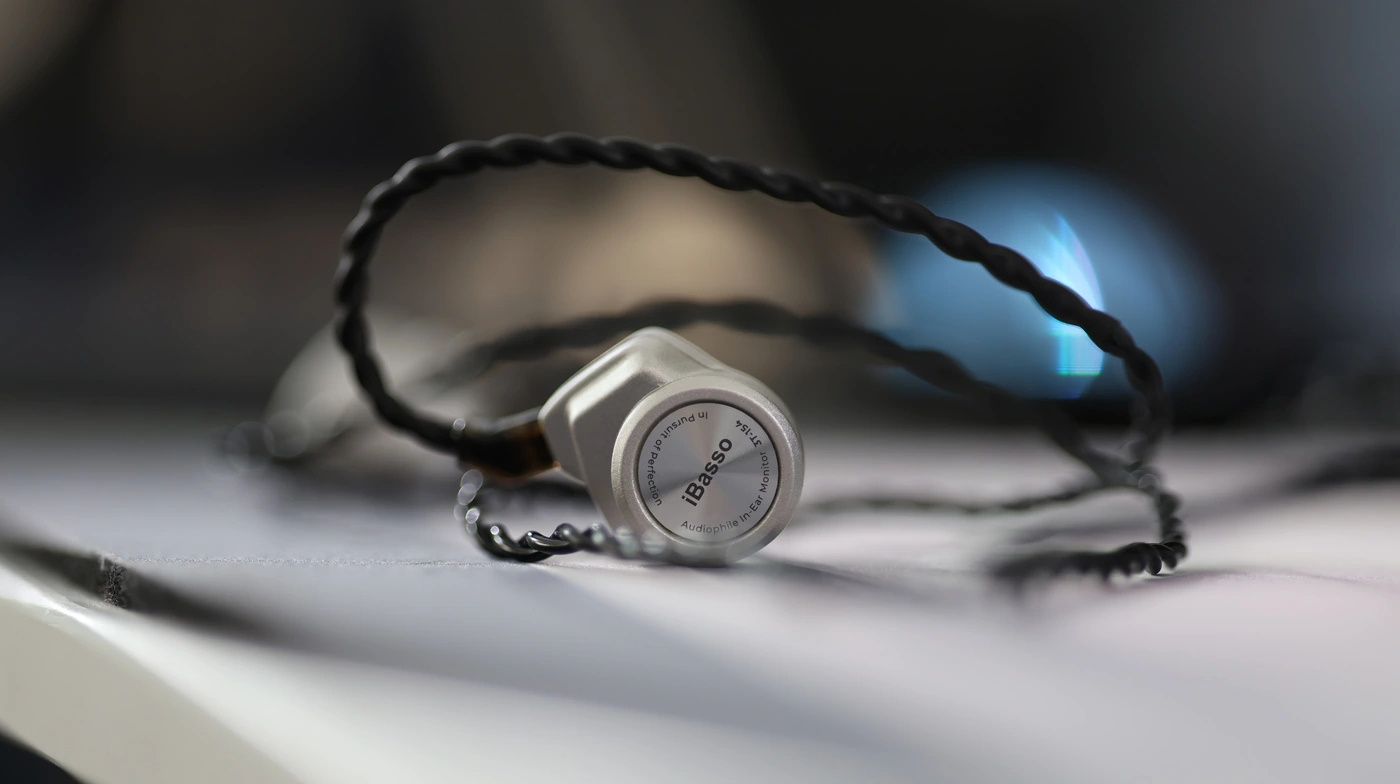
Sound – Ea1000 sounds wide and open, but 3T has considerably better instrument separation, resolution, detail and precision, which makes the sound more interesting and cleaner. The texture representation is also harder, and more acute on 3T, which makes every single bit of information stand out more, and makes music more engaging and more revealing, although both can be said to be detailed. The bass depth is better on 3T, and the treble extension is better too, while the midrange is more forward on the 3T.
iBasso 3T-154 vs HIDIZS MP145 (149 USD vs 159 USD)
Build – The size and weight of MP145 are both larger, so 3T fits better with my ears, and I expect it to fit better with most ears out there. It is easier to drive the 3T with most sources, but it is more sensitive to source noise and needs a high-end source to sound its best, while MP145 is not as sensitive and it will sound very good with most sources on the market. Both provide strong passive noise isolation.
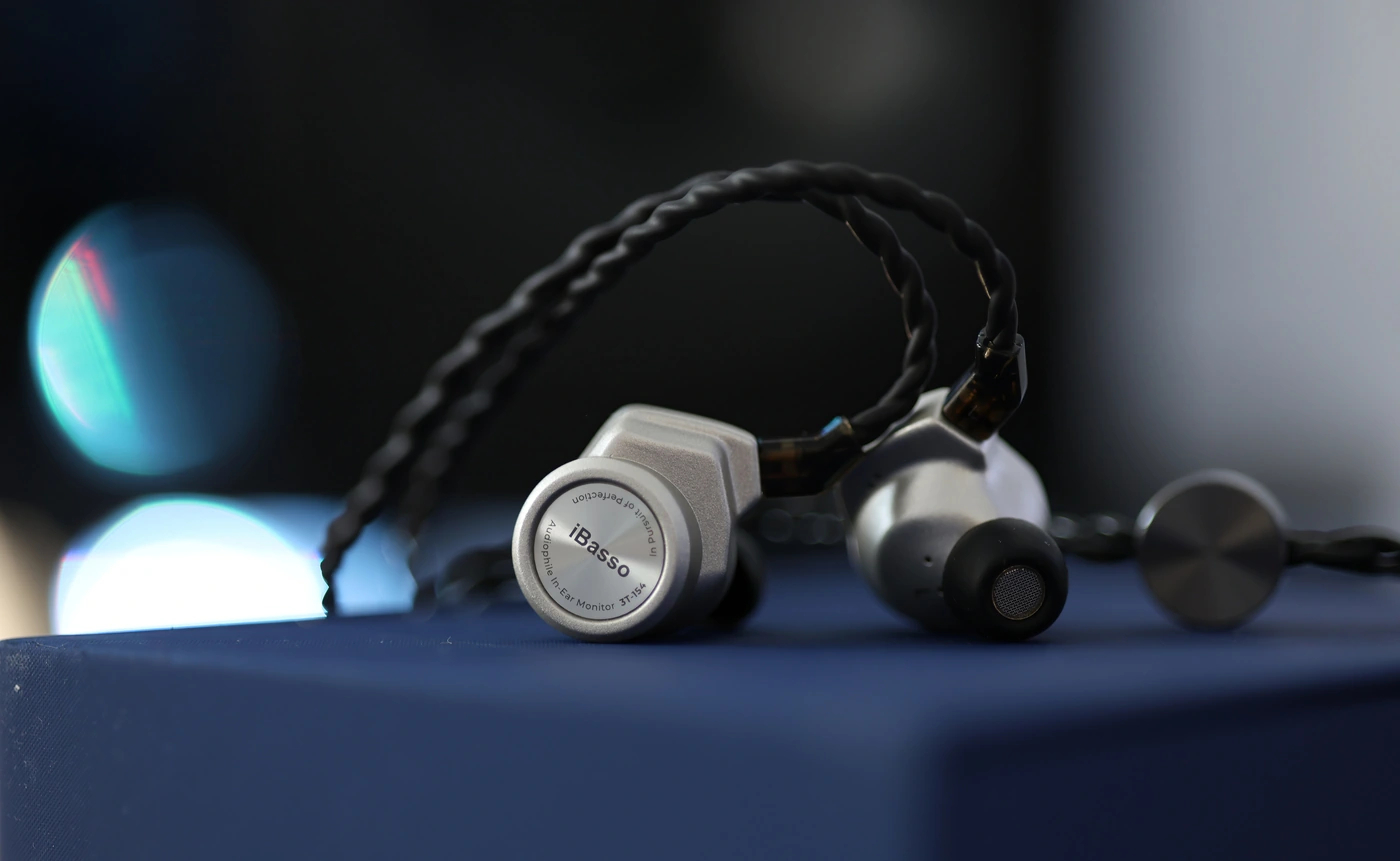
Sound – There’s a certain difference between MP145 and 3T in sound, to the point where the frequency response graph looks inverted, as 3T brings the midrange forward, and pulls back on the treble and the bass relative to the mids, where MP145 does the things the other way around, and pushes the sub bass and the treble forward, while pulling the midrange. This means that 3T sounds more intimate, forward and reveals details easier, it shows more texture and micro detail information, while both have a colored sound that takes a bit to get adjusted to. MP145 will be sharper and harsher, so it will require a smoother and warmer source, while 3T needs a bright, brilliant source to sound the best, as it already has a good bass and a strong midrange.
iBasso 3T-154 vs ddHIFI EA2023 Janus3 (149 USD vs 129 USD)
Build – The shells of 3T are larger, heavier, while the cable is a bit more rigid, but the fitting is generally equally comfortable for my ears. Given the larger size of 3T, it may be less comfortable for those with small ears. Both IEMs come with a balanced 4.4mm cable, both IEMs have a beautiful design, and both are fairly easy to drive, but 3T is much more sensitive to source quality.
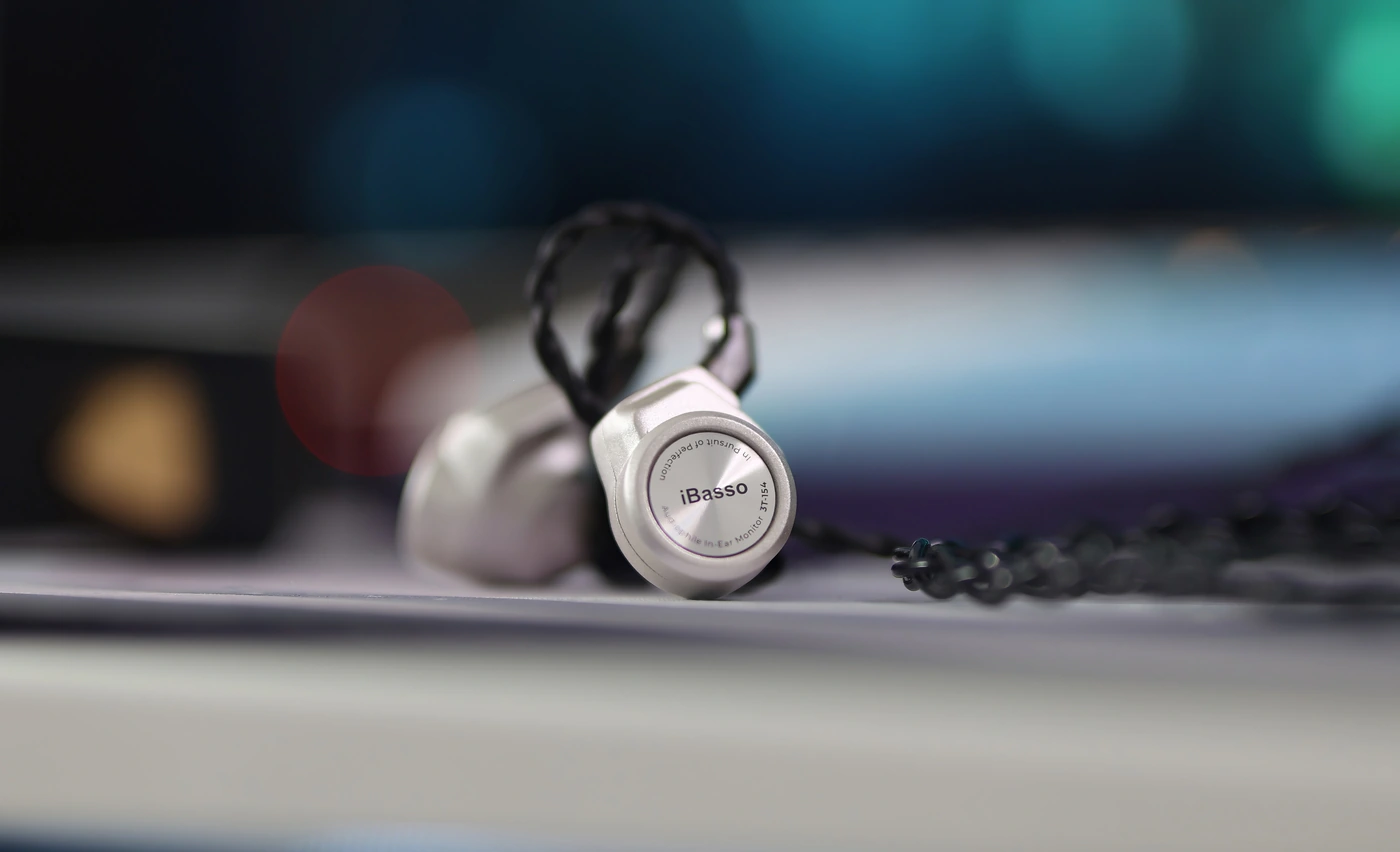
Sound – Sonically, the 3T sounds warmer, the bass goes lower in the sub bass, has better impact and extension, and is generally more pleasing, adding more weight and substance to music. The midrange is more forward, so more details are revealed to you, plus you get better texture presentation, while the treble is smoother on the 3T, which allows it to be laid back, relaxed and less fatiguing. Janus 3 is slightly more natural in the midrange, as it does not have a specific peak or enhanced frequency range, but generally speaking, 3T will impress more with the impact and resolution it bears.
Value and Conclusion
There’s no other company quite like iBasso, they just keep delivering price / performance ratios unseen before, and now we have modular cables, huge drivers, and no ergonomy issues at an entry-level 159 USD price point, 3T coming with a uniquely wide and holographic presentation, for the price you typically pay for a standard Chifi tuning.
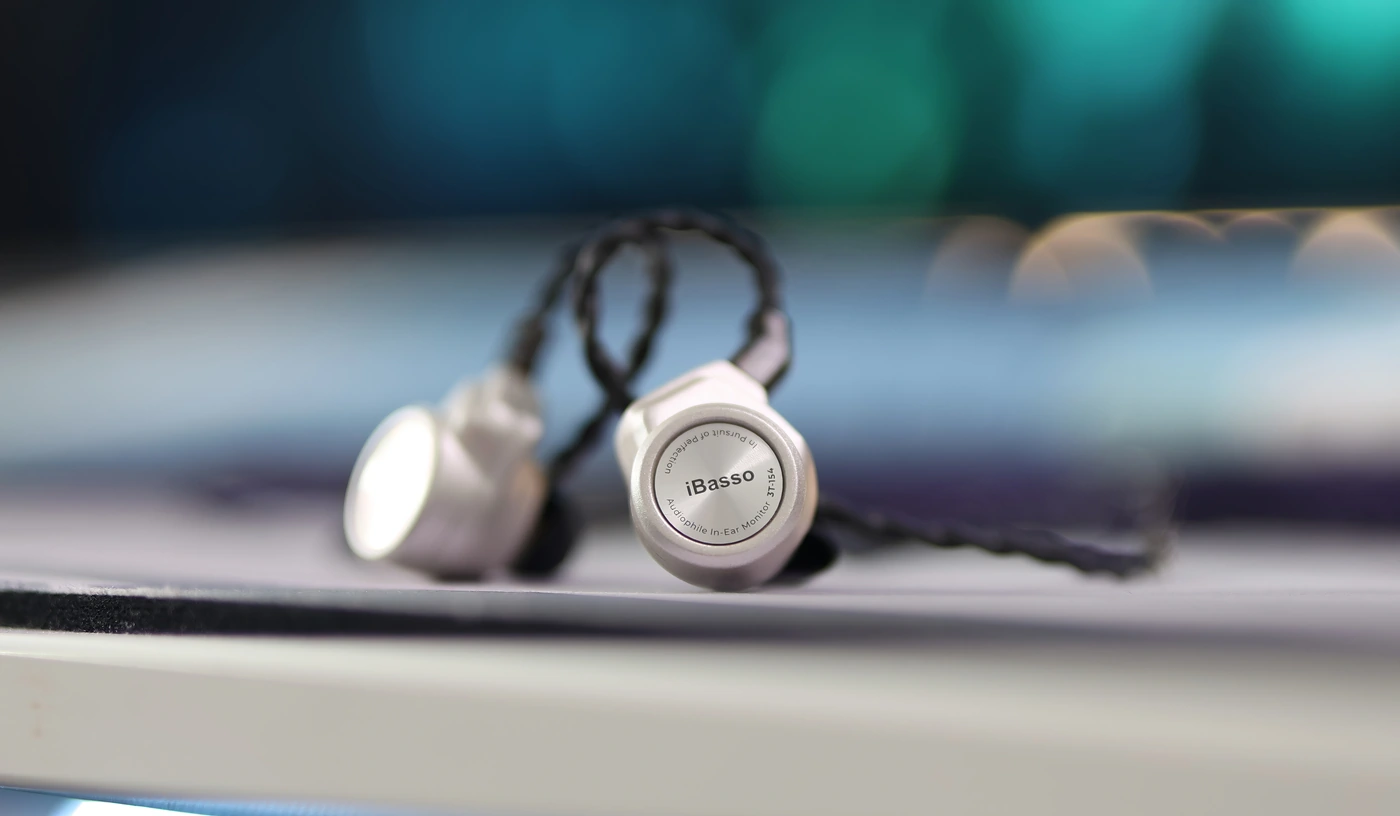
At the end of the day, if you want one of the most unique IEMs, with a good comfort, no driver flex, but a wide, warm, mid centric sound and excellent clarity / resolution, iBasso 3T-154 will surely deliver more than you expect.
Product Link
You can get one here – https://ibasso.com/where-to-buy/
--- Please remember to stay safe, and always have fun while listening to music!---
- If you have a dime to spare, please donate, and help us! It would make the day brighter for me and my wife-
Full Playlist used for this review
We listened to more songs than those named in this playlist, but those are excellent for identifying a sonic signature. I recommend trying most of the songs from this playlist, especially if you’re searching for new music! The playlists are different for Spotify, Tidal and Youtube, and based on the songs I enjoy and are available on each!
https://www.youtube.com/playlist?list=PL_cjBXGmwSHSdGcwuc_bKbBDGHL4QvYBu
https://open.spotify.com/playlist/5J3oloz8Riy9LxEGenOjQ0?si=979ba4f082414be7
https://tidal.com/browse/playlist/330fd544-8e5b-4839-bd35-676b2edbb3d5
--- Contact Us ---






Another nice review, George, especially the comparison between the 3T-154 and the EA1000 since I own them both. After a couple months I still enjoy A/Bing those two and the 500LM frequently, rolling tips, cables, amps and above all zooming through my music collection and still don’t have a clear preference after all, I just love them both (or the three and some more) equally and look forward to switching between them and the rest of the collection for some time to come … nice training for my ageing ears.
Really glad to hear you’re having so much fun!